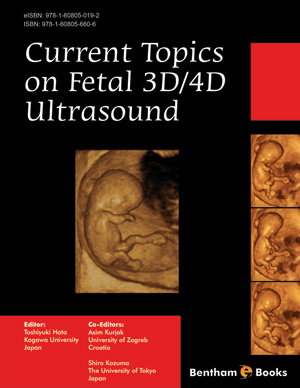Abstract
IR thermography is more and more extensively used; amongst its applications, civil engineering is one of primary importance. In fact, performance indicators for new and existing buildings are derived from the temperature pattern. This is true, for both the envelope and plant investigations. The preventive maintenance and energy savings are addressed with qualitative or quantitative techniques. Non-destructive testing and evaluation of the repair and decay status is a hot issue. In this chapter, some examples of structural analysis aided by IR thermography, are presented and discussed. In particular, it is evidenced that help to the comfort monitoring given by the distributed temperature map measured by an infrared device is impressive. Using a novel method, it is possible to “see” the main environmental quantities such as air temperature, relative humidity and velocity, obtained from thermographic readings. Also, the well established application of thermography in building science for the detection of moisture is addressed. The discussion includes both the classical and innovative techniques, which are now available for dealing with usual or more complex problems. As the characterization of building materials by thermal properties is impressively improved by thermographic techniques, it is also demonstrated. The dedicated procedures, which have been developed since a long time ago for heritage building, are also reported and discussed herein.
Keywords: IR thermography, heritage buildings, NDE, moisture detection, thermal transmittance, HVAC preventive monitoring, structural analysis, thermal inertia, thermal conductivity, thermal diffusivity.



















